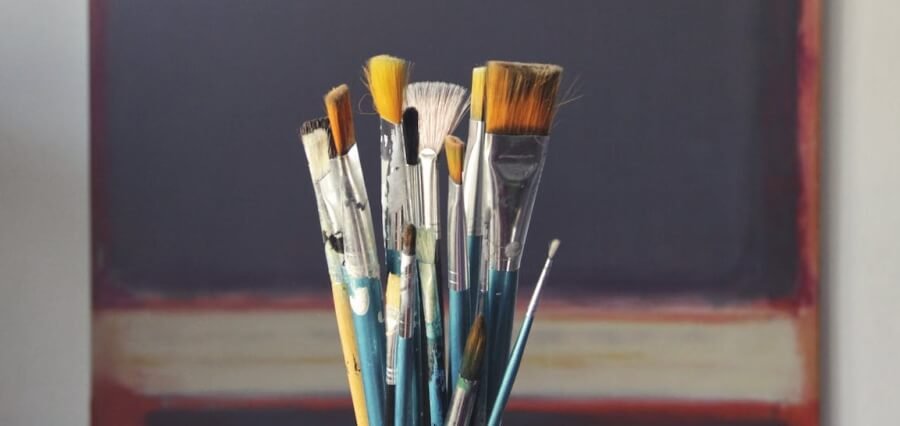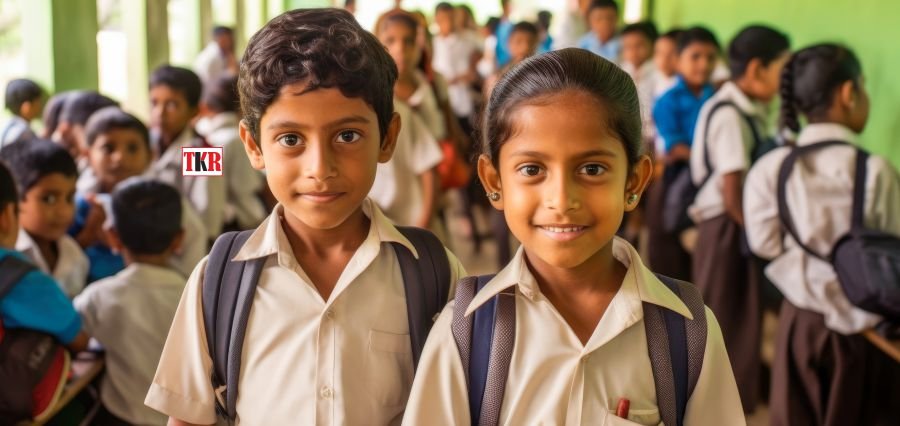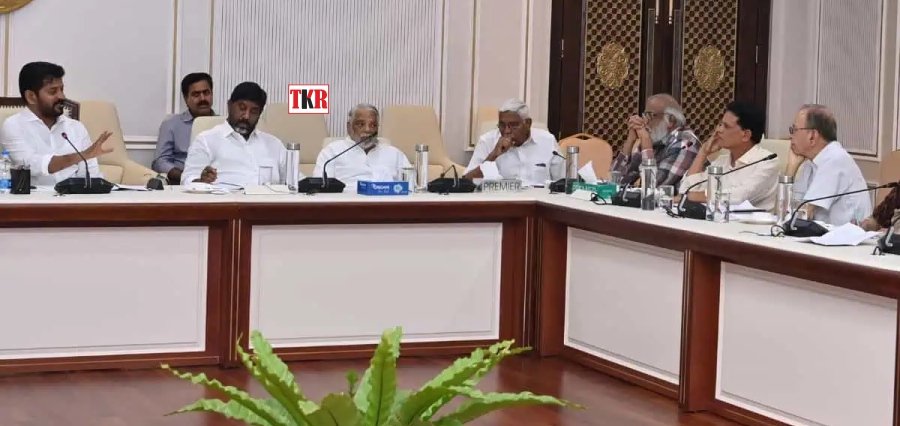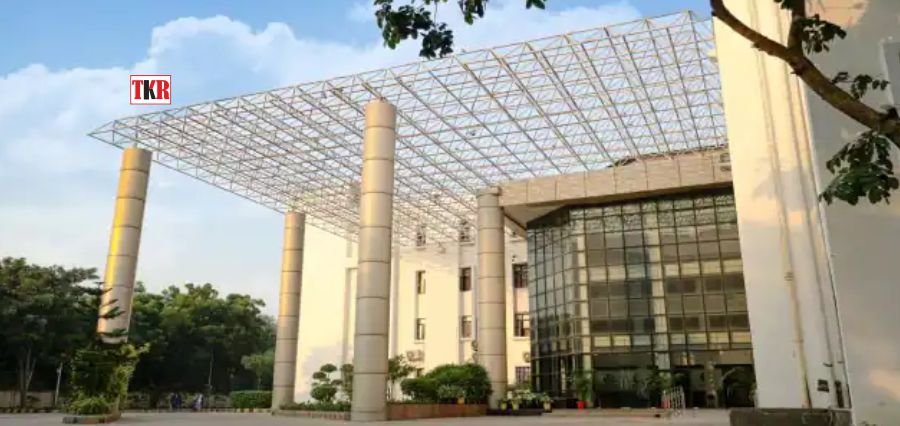Exploring the Significance
India is a sacred land whose soil has been trodden by the feet of great and pious sages and heroes whose stories are inspirational to mankind. The field of fine arts education is the holiness of this dynamic nation’s cultural legacy, which is a masterpiece made with strings of customs, tradition, and artistic expressions. Fine arts, which include music, dance, visual arts, and theatre, are like watchful guardians of the country’s unique cultural character.
They are not simply disciplines but also keepers of stories conveyed through brushes, beats, and elegant motions. These artistic expressions embodied the essence of Indian culture, preserving the heritage of age-old knowledge and modern inventiveness.
The potential of fine arts education to cross-temporal barriers and connect the past, present, and future is what makes it so important. The study and practice of fine arts offer a significant link to India’s historical heritage in a world that is changing quickly. Pupils who participate in art lessons or classical dance forms become the heirs of ancient stories and customs, conserving the aesthetic sensibility of various geographical areas.
Additionally, fine arts education promotes a profound awareness of the cultural mosaic that distinguishes the country in young people, fostering a sense of pride and identity in them. It is a dynamic force that adjusts to the changing stories of modern India, making sure that future generations’ artistic interpretations of India’s legacy capture its spirit.
Custodians of Stories
The Fine Arts, which include dance, music, theatre, and visual arts, are more than just academic fields; they are the keepers of narratives conveyed by drumbeats, brushstrokes, and the elegance of a dancer’s motion. These artistic expressions preserve the legacy of age-old knowledge and modern inventiveness, embodying the essence of Indian culture. The ability of fine arts education to cross-temporal barriers and connect the past, present, and future is one of its most essential functions. The study and practice of fine arts offer a deep link to India’s historical heritage in a world that is changing quickly.
Embracing the Tradition of Dance
Aspiring dancers can absorb the rich cultural legacy of classical dance styles like Odissi or Bharatanatyam by immersing themselves in them. In addition to picking up the moves, they become the heirs of ancient customs, tales, and methods handed down through the ages. Parallel to this, in painting schools, the brushstrokes on a canvas represent the methods of the master painters from centuries past, maintaining the aesthetic sensibility of various places and offering a window into the past.
Establishing Pride in Identity
India’s rich cultural legacy is a fabric of many traditions, practices, and viewpoints. A crucial element of this tapestry is fine arts education, which preserves and celebrates the variety of cultural expressions that characterize the country. Young people who participate in and learn about diverse art forms obtain fresh views and abilities. Still, they also gain a profound understanding and respect for the cultural mosaic that determines their identity and sense of belonging.
The Musical Roots
Through learning traditional instruments like the sitar or tabla, students embrace the musical notes and the centuries-old ragas and rhythms that have resonated through time. Fine Arts Education is a catalyst for fostering creativity and innovation. Traditional art forms anchor students in cultural roots and serve as springboards for contemporary expressions.
The Guru-Shishya Parampara
In preserving cultural heritage, Fine Arts Education also acts as a vehicle for intergenerational dialogue. The Guru-Shishya parampara in Indian classical arts ensures the transmission of technical skills and values, ethos, and intricate nuances embedded in the cultural fabric.
Challenges and Imperatives
Amidst the current educational landscape, Fine Arts Education is faced with a distinctive set of hurdles. With schools placing a greater emphasis on STEM subjects, there is a clear and present risk of sidelining the arts. However, it is important to recognize that an education that neglects the development of artistic skills is incomplete, leaving students without a well-rounded education. Therefore, it is imperative to take active measures to integrate and prioritize Fine Arts Education, ensuring that students are equipped with a comprehensive set of skills that will serve them well in all aspects of their lives.
Elevating Fine Arts Education
Government initiatives, private-sector partnerships, and community involvement are crucial in elevating the status of Fine Arts Education. Establishing dedicated academies, organizing cultural festivals, and integrating arts into mainstream education are steps toward preserving and flourishing India’s cultural heritage.
Conclusion
Fine Arts Education emerges as a beacon illuminating the path toward preserving India’s rich cultural heritage. Beyond the brush strokes or the raga’s melody, it cultivates a deep-rooted sense of belonging and appreciation for the diverse cultural tapestry that defines India. As we navigate the complexities of the modern world, Fine Arts Education stands as a timeless guardian, ensuring that the essence of India’s heritage continues to thrive and resonate through the artistic expressions of future generations.





